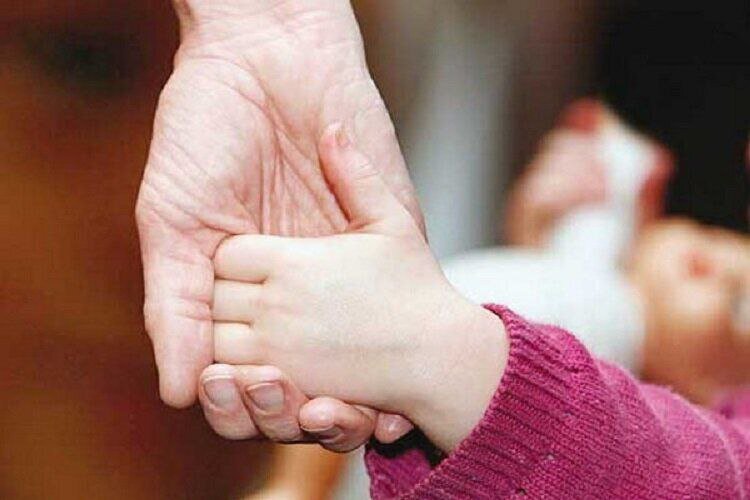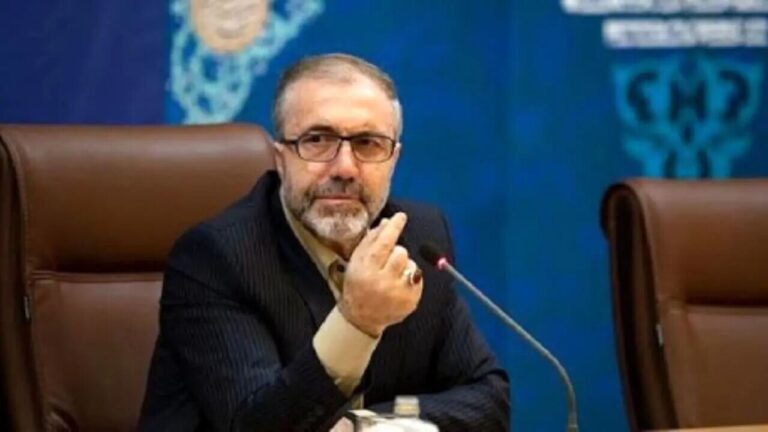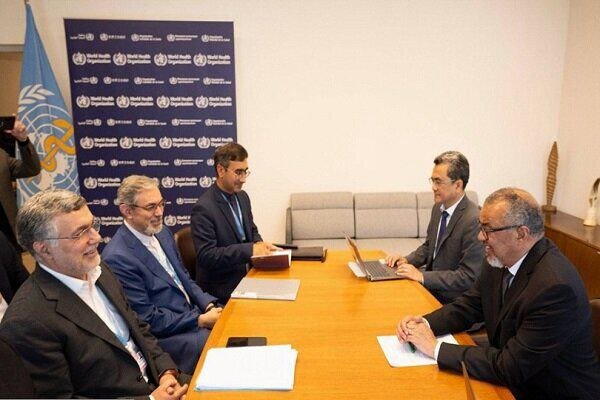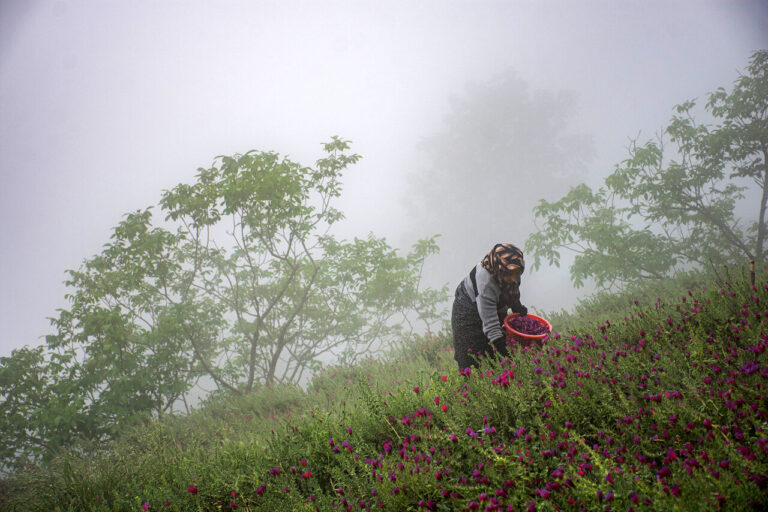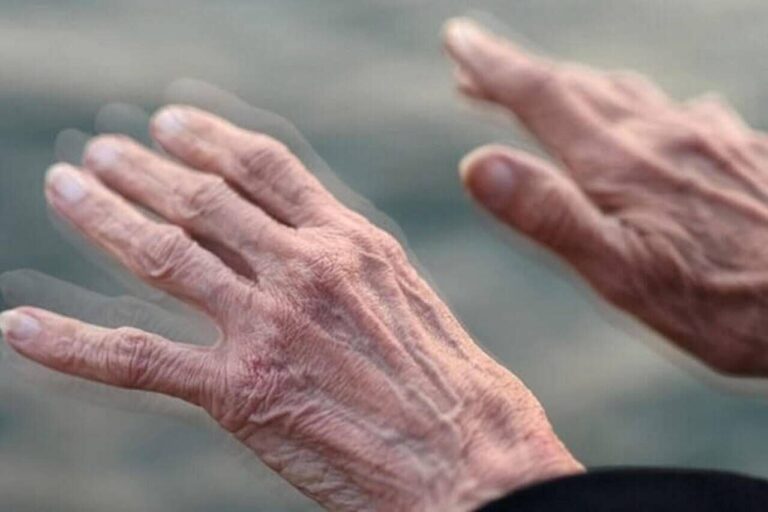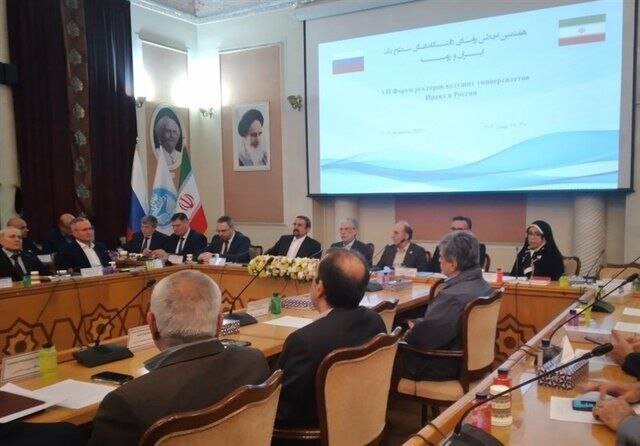Child Adoption Soars: 2.5-Fold Increase Over the Last Decade
Child adoption has seen a remarkable increase, surging by 2.5 times compared to a decade ago. Currently, approximately 2,500 children are adopted each year in Iran. This significant rise in adoption rates reflects a growing commitment to providing loving homes for children in need.
According to a report by IRNA, there are now 635 childcare centers across the country, which include 33 nurseries. These centers are supported by a workforce of 5,000 individuals dedicated to the care and development of approximately 9,000 children. Hamid-Reza Alvand, an official with the Welfare Organization, emphasizes the importance of empowering children through various educational programs.
The Welfare Organization aims to instill social values and essential social skills in these children, while also fostering a sense of independence and strengthening their faith. This holistic approach ensures that adopted children are well-prepared for their futures in nurturing environments.
Adoption Criteria and Process
For individuals looking to adopt, there are specific criteria that must be met:
- Mental health: Prospective parents must demonstrate sound mental health.
- Childcare ability: They must show their capability to care for a child.
- No addiction: A clean record regarding substance abuse is mandatory.
- No criminal record: Applicants must not have a criminal background.
- Financial stability: Proper income levels must be maintained.
This structured approach to adoption was developed after studying the adoption processes in ten different countries, ensuring that the best practices are implemented.
Legislative Changes in Adoption
The Welfare Organization has made significant modifications to the country’s adoption and foster laws, originally established 44 years ago. These revisions were finalized in 2013 and brought about several key changes:
- Children can now be adopted up to the age of 16, compared to the previous limit of 12.
- The revised law allows families with one child and single women to apply for adoption, expanding eligibility.
- Children from dysfunctional families can also be adopted, provided that a judge determines the adopting family is suitable.
Previously, the law restricted adoption to orphans only, but the new legislation reflects a broader understanding of family dynamics and the various circumstances that can lead to children needing adoption.
Financial Considerations for Adoptive Families
Another significant shift in the adoption process is how financial contributions are approached. Under the former law, adoptive families were required to sign over one-third of their property to the child being adopted. This requirement posed challenges for many families. Now, the decision regarding financial obligations is left to the discretion of the judge, who evaluates the family’s financial status on a case-by-case basis.
These changes mark a pivotal moment in the adoption landscape in Iran, making the process more accessible and equitable for a broader range of families. By focusing on the well-being of children and the suitability of adoptive families, the Welfare Organization is working to ensure that every child has the opportunity to grow up in a safe and loving environment.
In conclusion, the surge in child adoption rates and the recent legislative changes reflect a positive trend towards more inclusive and supportive policies for children and families in Iran. The commitment to improving the lives of vulnerable children continues to drive the efforts of the Welfare Organization and its partners, paving the way for a brighter future for all.
